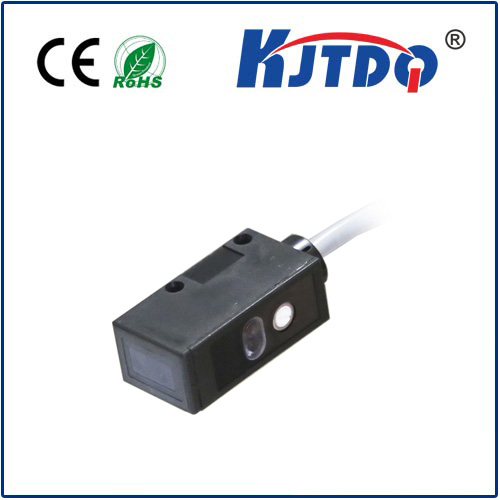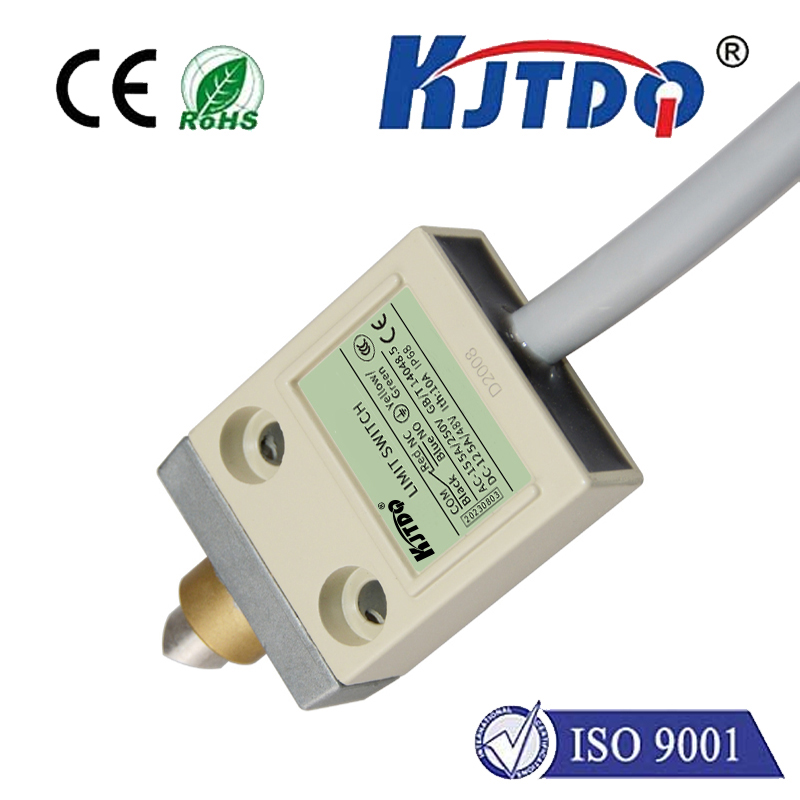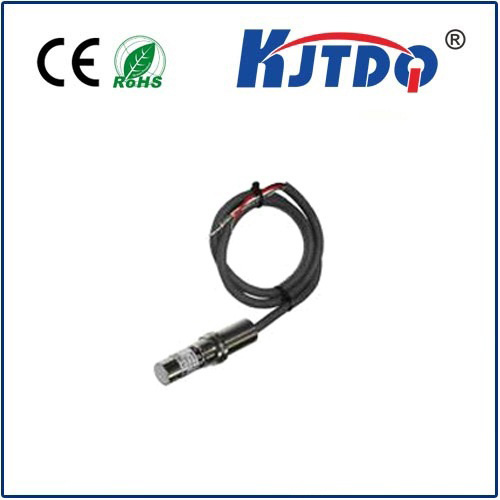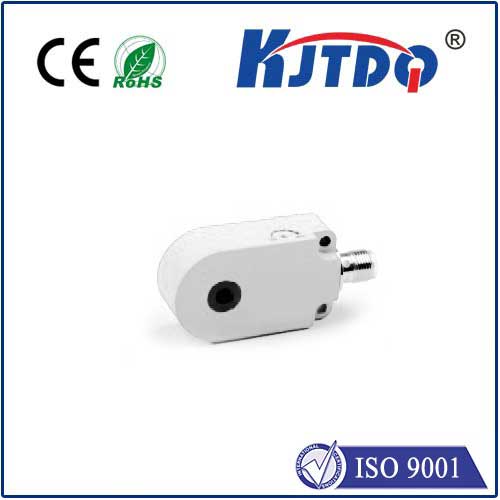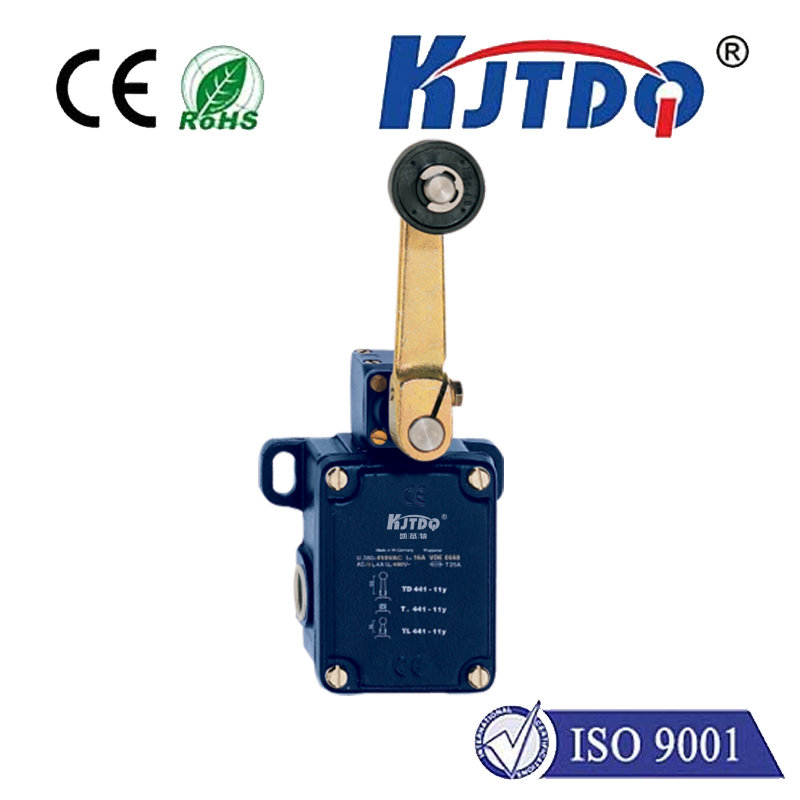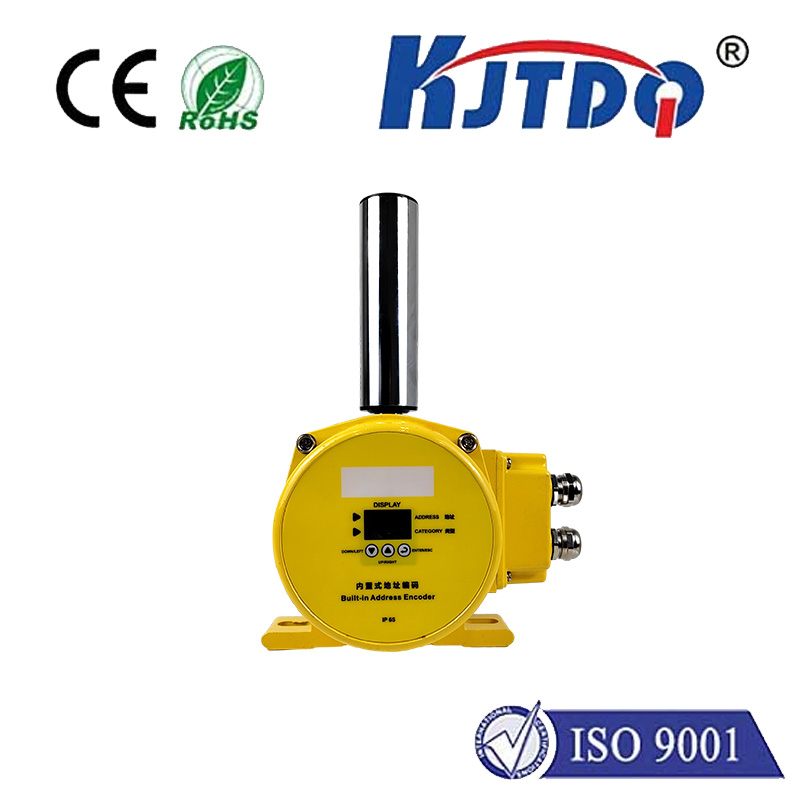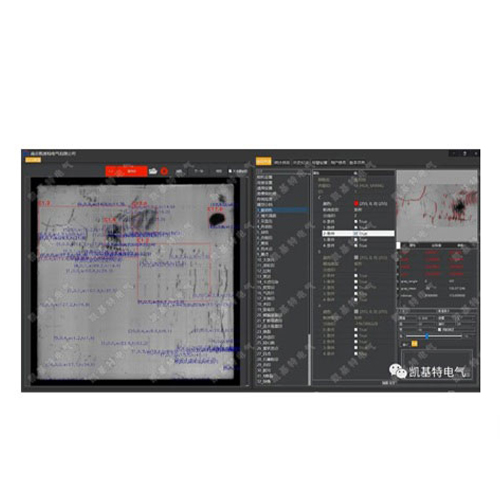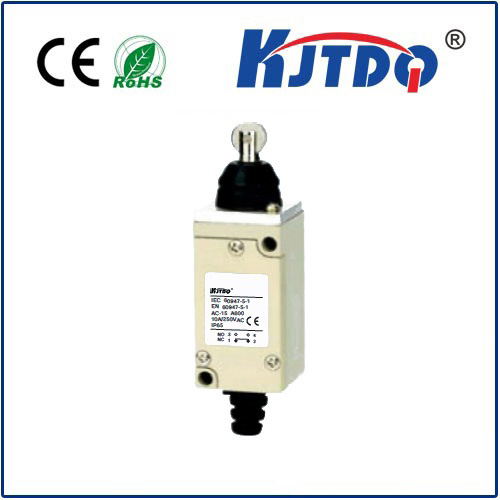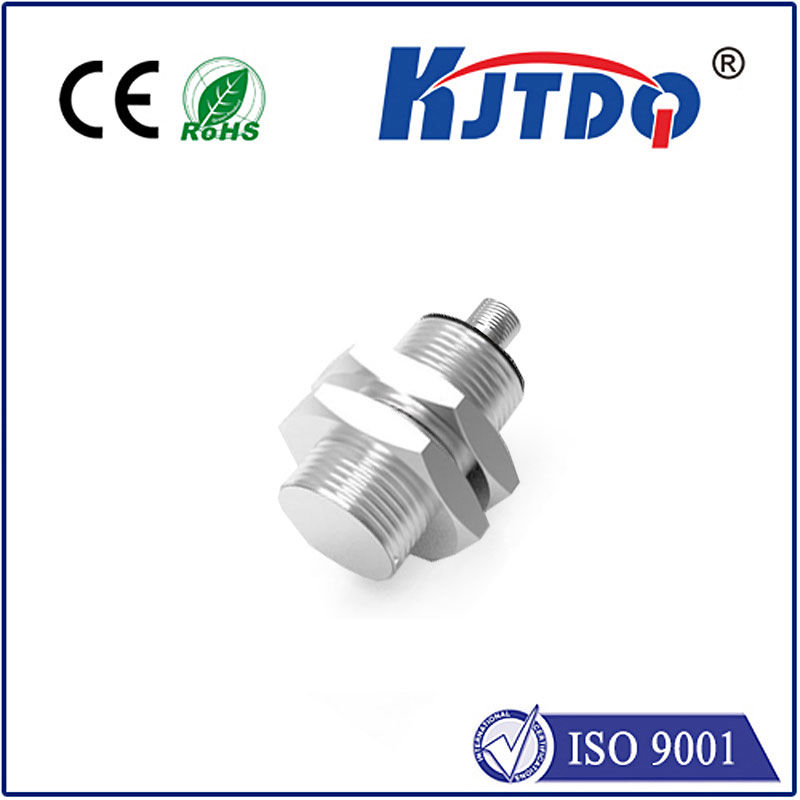

check

check

check

check

check

check

check

check

check

check
In today's fast-paced world, efficiency and accuracy are paramount in almost every aspect of our lives. From industrial production lines to retail stores, businesses are constantly seeking ways to streamline processes and improve overall productivity. One technology that has shown great promise in achieving these goals is the proximity sensor for counting.
Proximity sensors, also known as ultrasonic sensors or radar sensors, work by emitting a sound wave and measuring the time it takes for the sound to bounce back after hitting an object. By analyzing this data, the sensor can determine the distance between the sensor and the object. This unique property makes proximity sensors ideal for counting applications because they can be used to count objects that are within a certain distance from the sensor.
The use of proximity sensors for counting has several advantages over traditional counting methods. First, it eliminates the need for human intervention, which can significantly reduce labor costs and improve accuracy. Second, it can operate continuously without the need for breaks or maintenance, making it ideal for high-volume production environments. Finally, proximity sensors can be integrated into existing systems seamlessly, providing a flexible and scalable solution to counting challenges.
However, despite the potential benefits of using proximity sensors for counting, there are also some challenges to consider. One major challenge is the need for accurate calibration of the sensors to ensure reliable counting results. Additionally,proximity sensors can be affected by environmental factors such as noise, interference, and electromagnetic fields that can interfere with their operation.
To overcome these challenges, advanced sensor technology and algorithms have been developed to enhance the accuracy and reliability of proximity sensor-based counting systems. For example, machine learning algorithms can be used to train the sensors to recognize different types of objects and adjust their counting parameters accordingly. Moreover, specialized software and hardware solutions can help mitigate environmental interference by filtering out unwanted signals and maintaining optimal sensor performance.
In conclusion, the use of proximity sensors for counting has tremendous potential to transform various industries by improving efficiency, reducing labor costs, and enhancing overall productivity. While there are still challenges to be addressed, recent advancements in sensor technology and algorithms are paving the way towards more accurate and reliable proximity sensor-based counting systems. As businesses continue to seek innovative solutions to streamline their operations and stay ahead of the competition, proximity sensors will undoubtedly play a critical role in shaping the future ofcounting.

